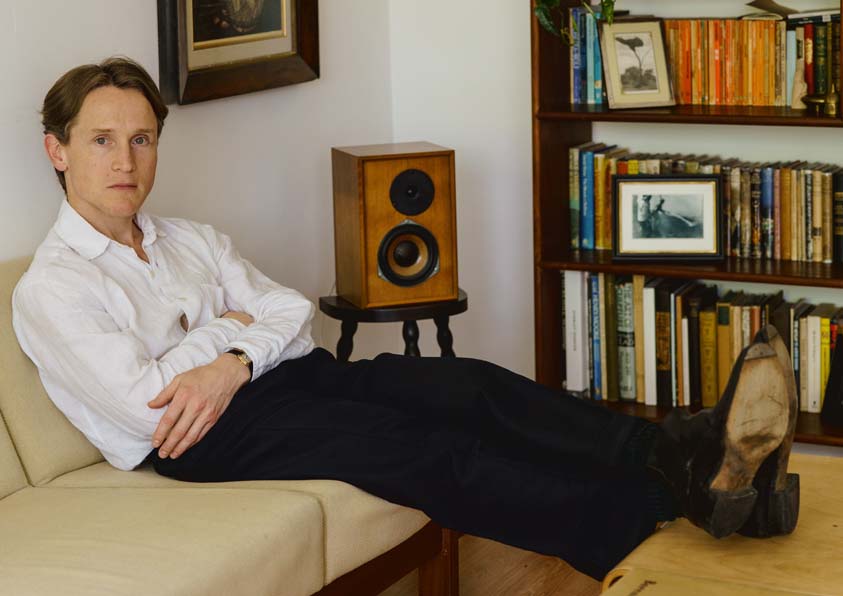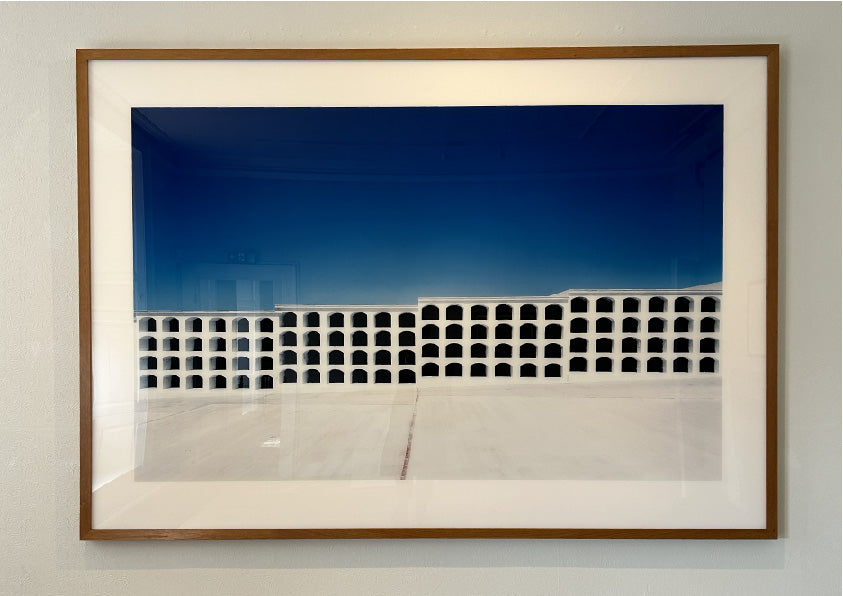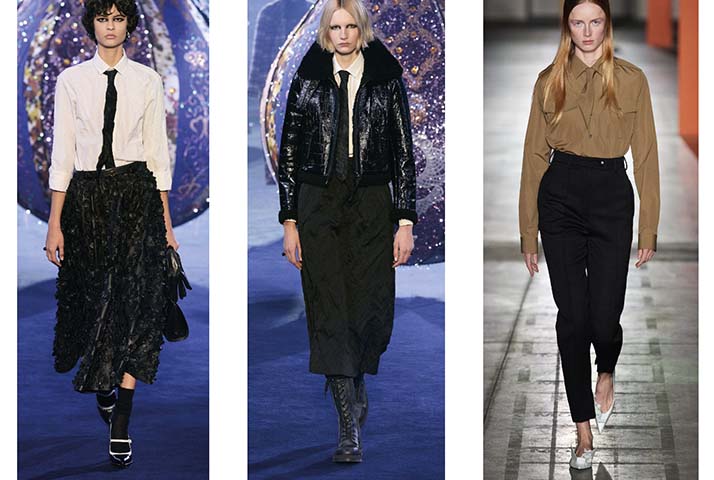A couple of weeks ago we re-visited our lace factory near Nottingham, the last remaining one. During the British Empire, Nottingham was the world’s centre of the lace industry and a bustling, active market place. After World War II, it went into decline, like most of the textile industry at the time. Lace making is now a dying craft due to the lack of training there is to replace the final few workers in the factory. Many current workers in the mill have been there since leaving school and are now approaching retirement. They are unsure of who will replace them once they’ve gone. This is especially noticeable with the last remaining draftsman. He is the only person who is trained to create new designs of the lace on these specialist machines. No one else can do the job now and no one else is being trained to do it in the future.

The factory, located on the border of Nottinghamshire and Derbyshire in a beautiful brick building, Cluny Lace factory has been in family for nine generations. Although running as a lace factory since 1845, all of the machines have been upgraded to the latest technology and attracts a lot of interest from luxury brands. Cluny is where Burberry’s Spring/Summer '14 collection lace was made. It is also where special
Charles who is part of the family that own the factory, showed us around. He told us about the machines, the history and most excitingly showed us the archive of all the lace designs in huge antique folders. Some of the design’s drafts have been lost or ruined which are sadly irreplaceable.
What makes this lace notably English, is that it has a more robust quality to it than French lace. It is made of cotton and replicates hand crocheted lace much more than machine-made fine lace. On some qualities you can see a raised nodule stitch – this is apparent on our geometric lace which you can see here. It is a technique that the Leavers lace machine can make, and no other machines can imitate.
Here at Marwood, we are very proud and privileged to be working so closely with factories like Cluny, who have such a beautiful back story and heritage. We are always thinking of new ways to use the lace and keep it modern for Marwood. Have a look at our printed lace this season which was made in collaboration with All Fall In. These items are currently selling at Selfridges and Mr Porter as well as our own online shop.
appliqué lace pieces were from, that were then cut and sewn on to Duchess of Cambridge Kate’s wedding dress, designed by Sarah Burton at Alexander McQueen.
Charles who is part of the family that own the factory, showed us around. He told us about the machines, the history and most excitingly showed us the archive of all the lace designs in huge antique folders. Some of the design’s drafts have been lost or ruined which are sadly irreplaceable.
What makes this lace notably English, is that it has a more robust quality to it than French lace. It is made of cotton and replicates hand crocheted lace much more than machine-made fine lace. On some qualities you can see a raised nodule stitch – this is apparent on our geometric lace which you can see here. It is a technique that the Leavers lace machine can make, and no other machines can imitate.
Here at Marwood, we are very proud and privileged to be working so closely with factories like Cluny, who have such a beautiful back story and heritage. We are always thinking of new ways to use the lace and keep it modern for Marwood. Have a look at our printed lace this season which was made in collaboration with All Fall In. These items are currently selling at Selfridges and Mr Porter as well as our own online shop.
Shop the latest designs here.












